Five Beautiful Rotorua Lakes That You Should Visit
This month, our friends at Lakepedia have written the following guest blog celebrating our beautiful Rotorua lakes.
Boasting stunning scenery, New Zealand is undoubtedly one of the world's most beautiful countries, and the area around Rotorua makes no exception. Below are five beautiful lakes around the city, which should help you make unforgettable memories of the stunning beauty of New Zealand.
Lake Rotorua
Lake Rotorua is not only Bay of Plenty’s largest lake by surface area, but it is also the second largest lake in the North Island. It covers a surface area of 80 square kilometres (31 square miles), and has a maximum depth of 45 meters (148 feet). The city of Rotorua (population: 57,800) sits on the lake’s southern shore, which makes the lake very popular among locals and tourists alike.
Mokoia Island, which sits in the centre of Lake Rotorua, is probably the most famous lake island in New Zealand, and is associated with one of the best-known Māori legends, the legend of Hinemoa and Tutanekai. Nowadays, Mokoia Island is a sanctuary for endangered birds and wildlife.
Lake Rotorua is also the most productive trout fishery in New Zealand, and the predominant fish species found here are rainbow and brown trout, but also brook trout.
Photo Credit: Adam Axon
Lake Rotomahana
Rotomahana is a gem of a lake, located 20 kilometres to the south-east of Rotorua and south-west of the dormant volcano Mount Tarawera. Prior to 1886, two lakes were present in the current basin, which was substantially altered by a major eruption of Mount Tarawera.
Lake Rotomahana is very famous for the Pink and White Terraces, which were a natural wonder on the shores of the lake. The terraces were considered the 8th wonder of the natural world and were New Zealand's most famous tourist attraction during the mid 19th century. Sadly, they were buried during the 1886 eruption.
Nowadays, the lake provides shelter for wildlife, with all hunting of birds prohibited. A healthy population of black swans inhabits the lake. The lake is very popular among anglers, but one can also admire the geothermal activity on the lake's shore by a boat cruise.
Photo Credit: Brian Taylor
Lake Tarawera
Lake Tarawera, which means 'Burnt Spear', covers an area of 41 square kilometres and has a maximum depth of 87.5 meters (287 feet). Even though it’s smaller than Lake Rotorua by surface area, it is actually larger by water volume.
The lake shores were formerly home to many small Māori villages until Mount Tarawera erupted in 1886. Legend says that a phantom canoe appeared on the lake as an ominous sign of death a few days prior to the eruption.
Lake Tarawera is a stunning lake, famous for the big size of its rainbow trout. Anglers from all over the world come to Lake Tarawera in search for a trophy fish. The lake is open to both fly fishing and trolling, with lead core or wire lines, starting October 1st until June 30th.
Photo Credit: itravelNZ
Lake Rotokakahi
Lake Rotokakahi (or Green Lake) is a crater lake that covers an area of 4.5 square kilometres (1.7 square miles), and sits at an altitude of 394 meters (1,293 feet). This lake a great option if you are looking for some peace and quiet, because it is sacred to the Rotorua Te Arawa people. There is no fishing, boating or swimming allowed here.
The lake lies between Lake Rotorua and Lake Tarawera, and its name is derived from its abundance of kakahi, which are freshwater mussels. Lake Rotokakahi flows into Lake Tarawera via the Te Wairoa waterfalls. The lake boasts a beautiful emerald green colour due to its shallow, sandy bottom.
Photo Credit: Wikimedia
Lake Tikitapu, Blue Lake
Lake Tikitapu (or Blue Lake) is the sibling of Lake Rotokakahi, sitting right next to it in a volcanic caldera formed sometime during the last 300,000 years. Between the 2 lakes, there is a point where it is high enough to see both.
The stunning blue colour of the lake is due to the rhyolite and pumice on the lake bed. Covering an area of 1.4 square kilometers (0.54 square miles), Lake Tikitapu is the smallest among the 4 lakes which lie between Lake Rotorua and Lake Tarawera.
However, unlike Lake Rotokakahi where recreational activities are not allowed, Lake Tikitapu is used for recreational purposes in summer. There are many sports events held here, like water skiing and triathlons. And like many other lakes located in the Rotorua district, Lake Tikitapu is also used for trout fishing.
Photo Credit: Kran & Nina
About Lakepedia:
Lakepedia is an online encyclopedia of lakes, which aims to help travelers discover new vacation destinations, nearby lakes, and increase awareness about the importance of inland bodies of water.







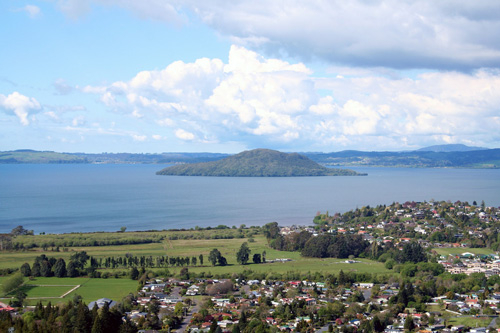
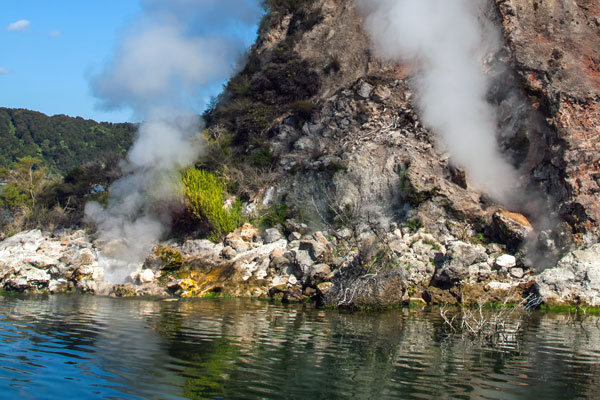
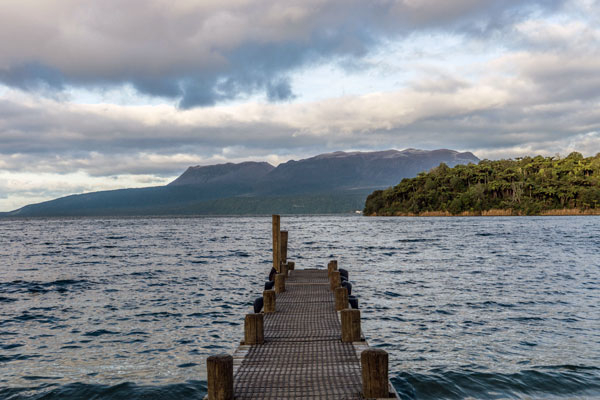
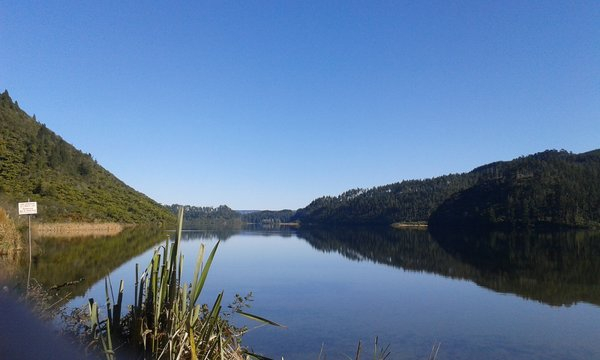
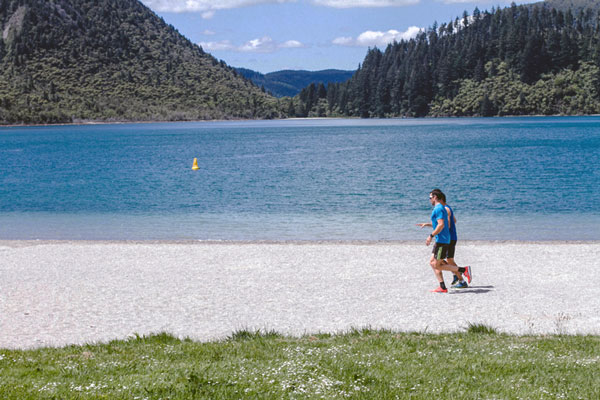

Connect with Us
Facebook YouTube Instagram Tripadvisor Blog Email